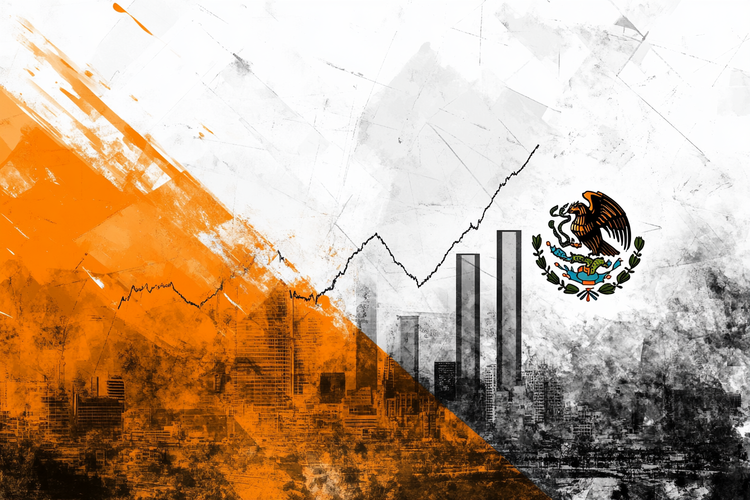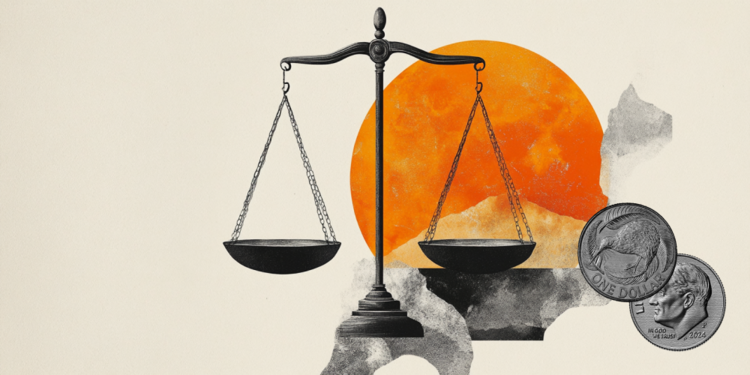The Japanese economy contracted 0.2% in the first quarter (Q1) of 2025, after a 0.6% growth in the last quarter of 2024, according to the preliminary reading published Friday by the Office of the Cabinet of Japan. The markets expected a 0.1%drop.
Japan’s Gross Domestic Product (GDP) fell at an annual rate of 0.7% in Q1 compared to the previous 2.2%, below the market consensus of -0.2%.
Market reaction to Japan GDP data
At the time of writing, the USD/JPY quotes 0.03% downward in the day to 145.61.
GDP FAQS
The gross domestic product (GDP) of a country measures the growth rate of its economy for a certain period of time, normally a quarter. The most reliable figures are those that compare GDP with the previous quarter (for example, the second quarter of 2023 with the first of 2023) or with the same period of the previous year (for example, the second quarter of 2023 with the second of 2022).
The annualized quarterly figures of GDP extrapolate the growth rate of the quarter as if it were constant for the rest of the year. However, they can be misleading if temporary disturbances affect growth in a quarter but it is unlikely that they last all year, as happened in the first quarter of 2020 with the burst of the coronavirus pandemic, when the growth collapsed.
A higher GDP result is usually positive for the currency of a nation, since it reflects a growing economy, which is more likely to produce goods and services that can be exported, as well as attracting greater foreign investment. Similarly, when GDP falls it is usually negative for the currency.
When an economy grows, people tend to spend more, which causes inflation. The Central Bank of the country then has to raise interest rates to combat inflation, with the side effect of attracting more world investor capital tickets, which helps the appreciation of the local currency.
When an economy grows and GDP increases, people tend to spend more, which causes inflation. Then, the country’s central bank has to raise interest rates to combat inflation. Higher interest rates are negative for gold because they increase the opportunity cost to keep gold in the face of placing the money in a cash deposit account. Therefore, a higher GDP growth rate is usually a bearish factor for the price of gold.
Source: Fx Street
I am Joshua Winder, a senior-level journalist and editor at World Stock Market. I specialize in covering news related to the stock market and economic trends. With more than 8 years of experience in this field, I have become an expert in financial reporting.







